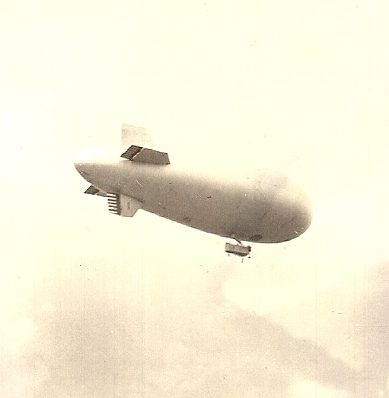Van Craddock's Gregg County Tales
Cold weather, hot topics of January 1909
The more things change, the more they stay the same.
The date was Jan. 11, but the year was 1909. The hot topics in Longview that day were the cold weather, the evils of youthful smoking, and the need to beautify and grow the town.
The New Year brought “the icy grasp of winter, every breeze seeming to emanate from the north side of an iceberg,” reported the Times-Clarion of Longview. The Jan. 11 forecast of 110 years ago called for “snow flurries and continued cold” with a low temperature of 20 degrees.
The paper told readers, “This weather gives the woodman the first real run for his money this winter, and if the load gets small and the price hunches up, don’t let it worry you. For tomorrow may bring back the sunshine and warmer weather.”
Said the Times-Clarion, owned and edited by J. W. Johnson, “While the present cold snap has its disadvantages, it is also a God-send, as it will destroy pestiferous insects and disease germs.”
Over in Harrison County, the Marshall Messenger was equally optimistic, saying, “It is thought the great fall in temperature has saved the fruit crop of our county, although it surely is cold.”
Long before K2 synthetic drugs and vapor stores, the East Texas press was railing against the evils of tobacco among our local youth.
“Our readers will pardon us if we use a little slang in expressing our views of the young victims of cigarettes,” the Times-Clarion said. “Say, you young kid, you’re a nice snipe with that cigarette under your nose, ain’t you?
“You’re the kind of a pitiable, flappy piece of a boy. You are marked as a little fool by every decent man who sees you. And every time you indulge in the foolish and hurtful habit, you are losing your opportunity of becoming respectable.”
This week in 1909, another Longview newspaper, the News-Item, asked the rhetorical question:
“If you owned Longview, what would you do with it? We would like for our readers to discuss this question purely from a business standpoint, and see if we can get up a greater interest in our town’s growth and development.”
Within a couple of days, the Dallas Morning News replied to the News-Item’s query:
“If any competent businessman owned Longview, he wouldn’t let it go slipshod, ram shackled or disreputable in appearance. He would try to maintain its value by maintaining its good looks.
“He would lay sidewalks where they are needed; he would demolish old eyesores in the way of crude and dilapidated building; he would paint fences and residences; grade or pave the streets; keep down the weeds; brighten the store fronts; remove dilapidated awnings and swinging signs.”
Little Longview (population about 5,000 at the time) was vigorously pursuing an improvement program in January 1909. “A first-class sewage system is being put in, cement sidewalks laid, a cotton compress has been secured,” the Times-Clarion said. On Jan. 5, the Longview Sanitary Company had issued $20,000 in stock “to establish a sewer system.”
Longview and Marshall papers enjoyed getting in their digs against one another. It seems that in January 1909, the Marshall Messenger was circulating a rumor that “the Texas & Pacific railway’s freight division (which employed hundreds of workers) would be moved from Longview Junction.”
The Times-Clarion reassured citizens the report was false, then chided the much larger town of Marshall (population 11,000 in 1909) for not even having a trolley system. After all, Longview’s trolley had been in operation since 1883.
“The public is naturally a little skeptical with so much street car talk in Marshall the past years,” the Times-Clarion said.
Despite bone-chilling temperatures, nicotine-stained youth and downtown eyesores, the Longview News-Item welcomed 1909 on a positive note:
“The new year is here, the people are cheerful. The health of this community is good. Everybody has plenty of corn, meat and other substances of life.”
Van Craddock, a 1970 SFA graduate, has written a column for the Longview News-Journal since 1978. He has published two collections of his News-Journal columns, most recently a book titled “East Texas Tales: A Celebration of Pineywoods People, Places, Facts and Fables.” The U.S. Army Vietnam veteran serves on the Gregg County Historical Commission. Van and wife Bettye (a former SFA Pine Log editor) live in Longview.


